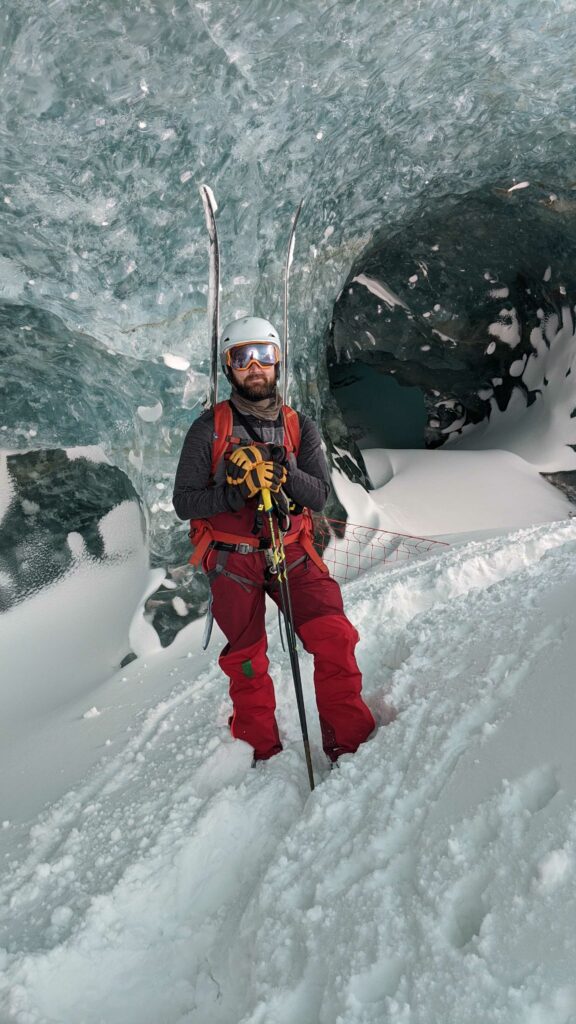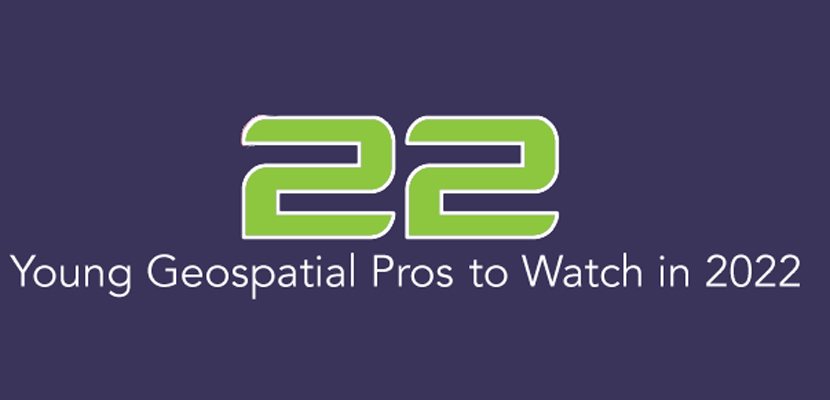Throughout January xyHt.com will feature the young geospatial professionals who are making a name for themselves in everything from surveying to geographic information systems. xyHt featured all of them in the January issue. Here we will spotlight one each day for the next 22 days.
Name: Christopher Beddow
Company: Meta Platforms, Inc
Current Position: GIS & Maps Quality Analyst on the Reality Labs Map Building team
Age: 32
Education: MS in GIS from University of Washington; BS in political science; BA in Arabic, Islamic, and Middle Eastern Studies, both from Santa Clara University
Biography: Christopher is a geospatial thinker working to accelerate the future of mapping. He focuses on the intersection of geospatial data, 3D worldbuilding, product design, and computer vision.
 In 2016, he became a solutions engineer at Mapillary, a small startup in Sweden with a mission to enable its global user community to create their own model of the earth by capturing and uploading street-level imagery. Christopher orchestrated the integration of Mapillary imagery into popular geospatial tools such as ArcGIS Pro, QGIS, OpenStreetMap, and HERE Map Creator. He liaised with various stakeholders at Esri, in the global OpenStreetmap community, and across various government agencies and NGOs to ensure Mapillary’s products could be applied toward their unique challenges.
In 2016, he became a solutions engineer at Mapillary, a small startup in Sweden with a mission to enable its global user community to create their own model of the earth by capturing and uploading street-level imagery. Christopher orchestrated the integration of Mapillary imagery into popular geospatial tools such as ArcGIS Pro, QGIS, OpenStreetMap, and HERE Map Creator. He liaised with various stakeholders at Esri, in the global OpenStreetmap community, and across various government agencies and NGOs to ensure Mapillary’s products could be applied toward their unique challenges.
He advised commercial clients on how to best make use of geospatial data extracted from the imagery using machine learning and computer vision, including for inventory of traffic signs, roadway surveys, logistics planning, and safety campaigns. He supported projects ranging from mapping urbanization and land use change in the Galapagos Islands to surveying pedestrian footways in Zanzibar to documenting maintenance in Washington, D.C.
When Mapillary was acquired by Meta, Christopher joined the Map Building team as a GIS and maps quality analyst, with a mission to integrate the Mapillary product into the broader team goal of mapping the world in 3D and indexing key places to improve both OpenStreetMap and augmented reality products. Christopher expanded his domain from geospatial data engineering to also include user experience design and product management, working with a cross-functional team of designers, engineers, data analysts, and researcher scientists to use street-level imagery to build a foundational 3D blueprints of key cities and urban cores where future users of augmented reality live and work. By the end of the year, Christopher’s team launched enhanced Mapillary features for OpenStreetMap, including the ability to add point objects visible in photos directly to the map. This greatly enabled campaigns including mapping power networks and utility poles in Sierra Leone to determine electrical access across the country, and enabled map contributors to validate a vast quantity of new open data available from Mapillary.
He is now focusing on building digital models of pedestrian footway networks, including sidewalks and crosswalks, based on their detection and localization in Mapillary’s street-level imagery. In addition, he helped launch a new Mapillary API, and led the team building the Mapillary Python SDK that allows easy access to Mapillary data with simple Python commands, such as listing the visible objects in an image or downloading point data extracted from images within a given bounding box. He increasingly looks at geospatial problems from a product and design perspective, thinking about how the user interacts with tools and data to achieve their goals

